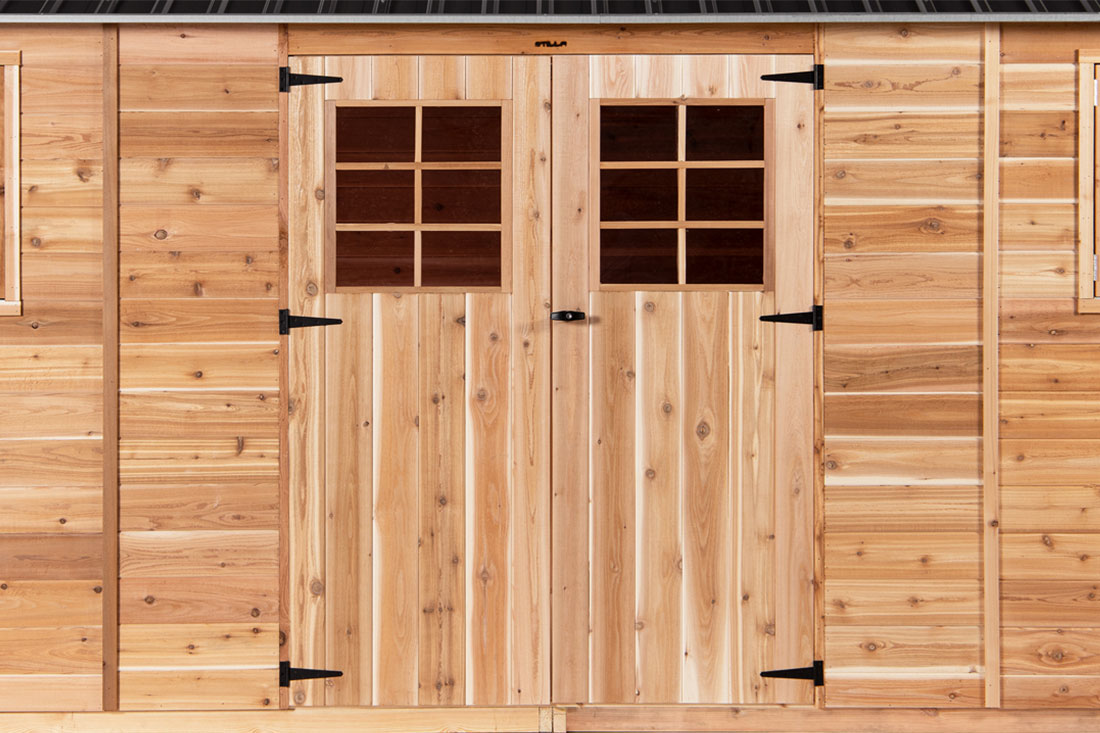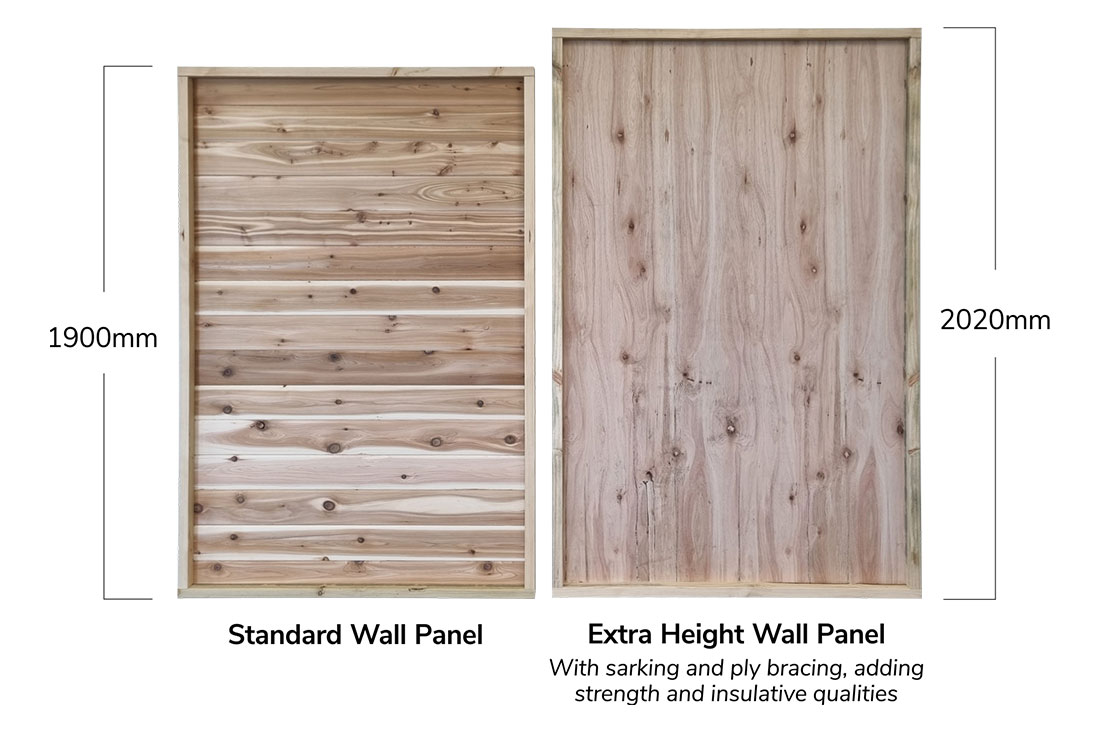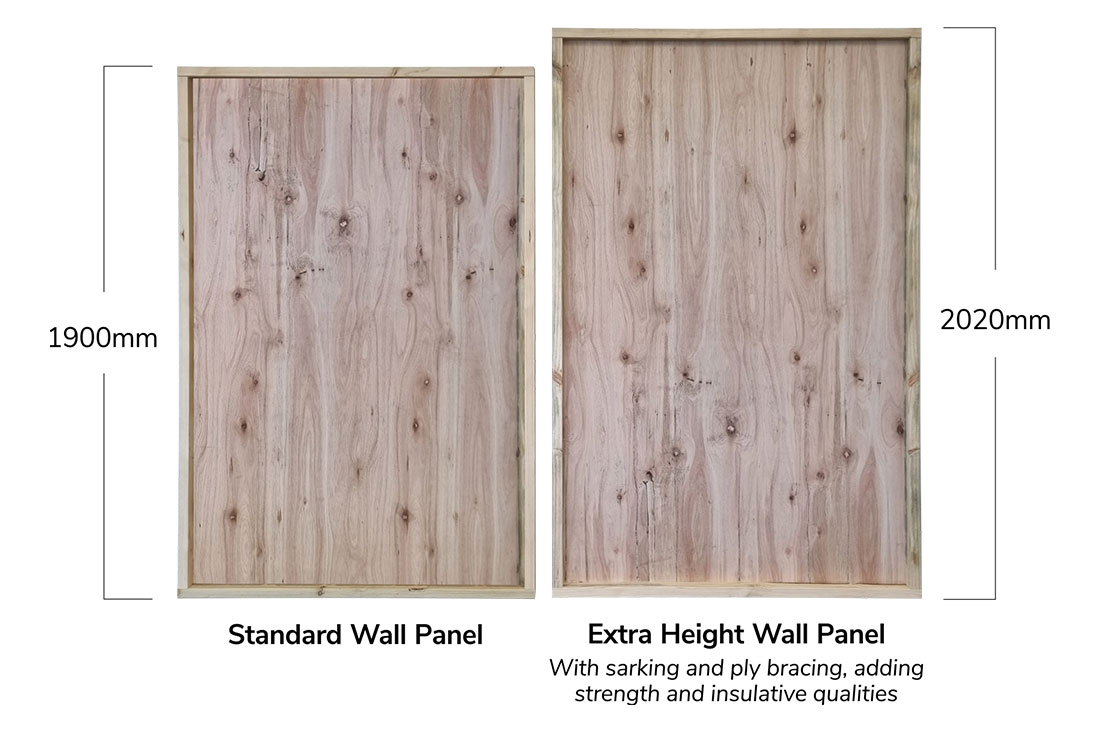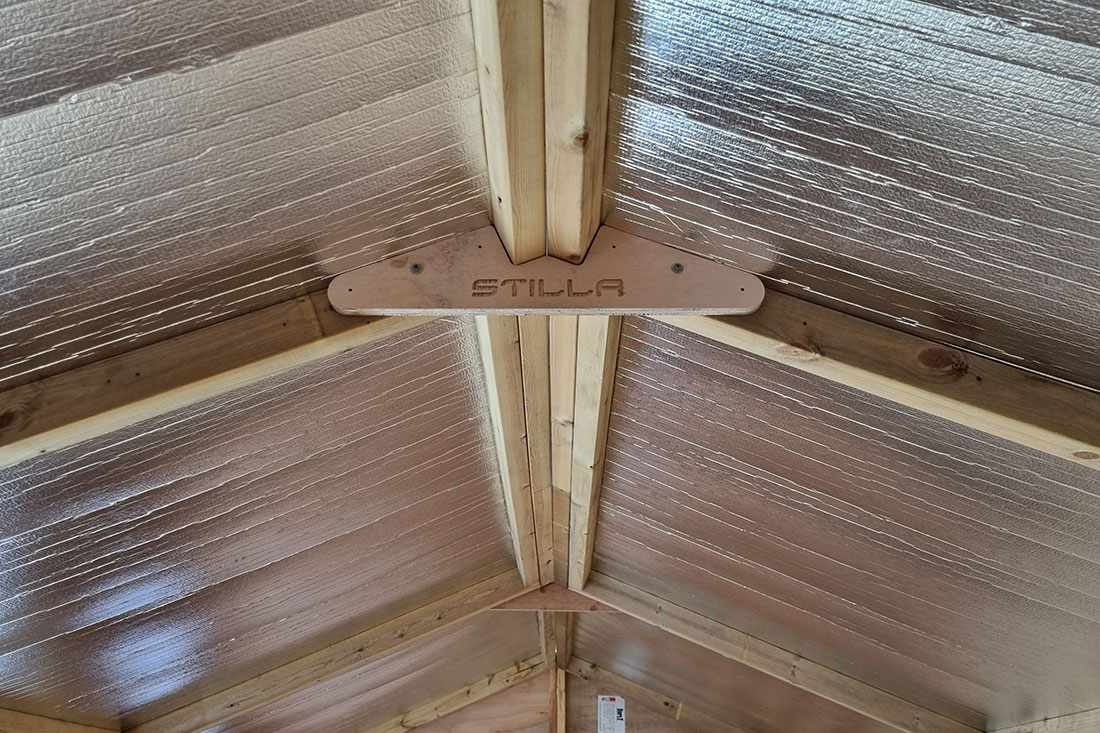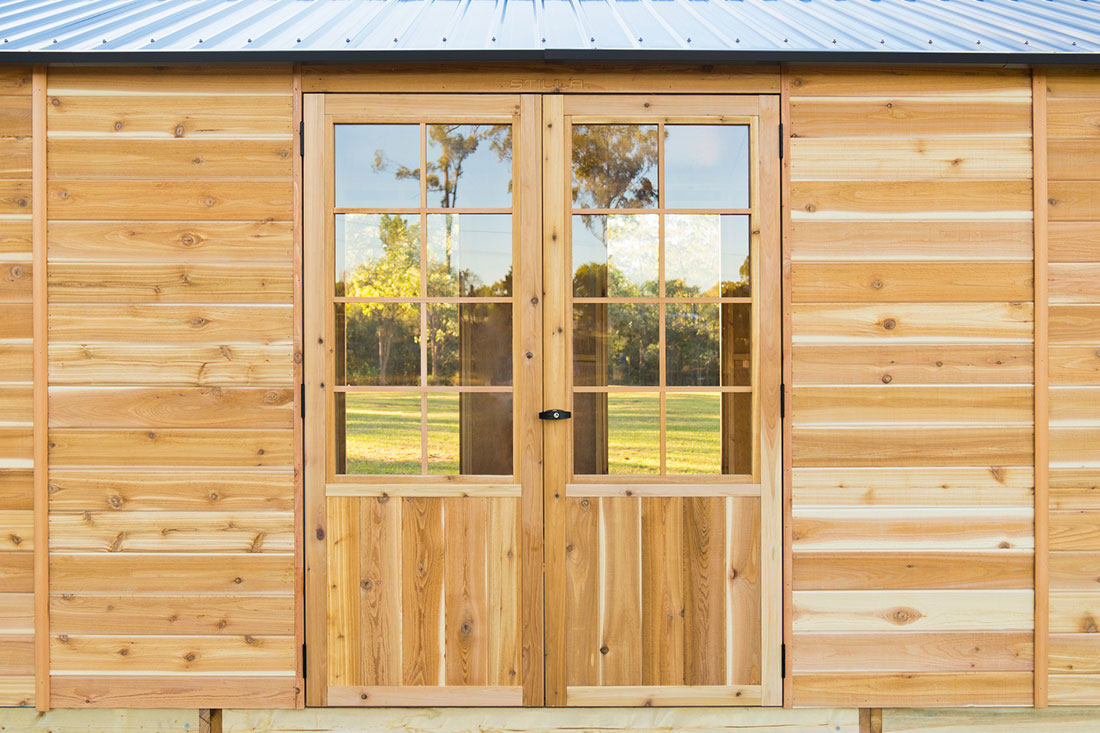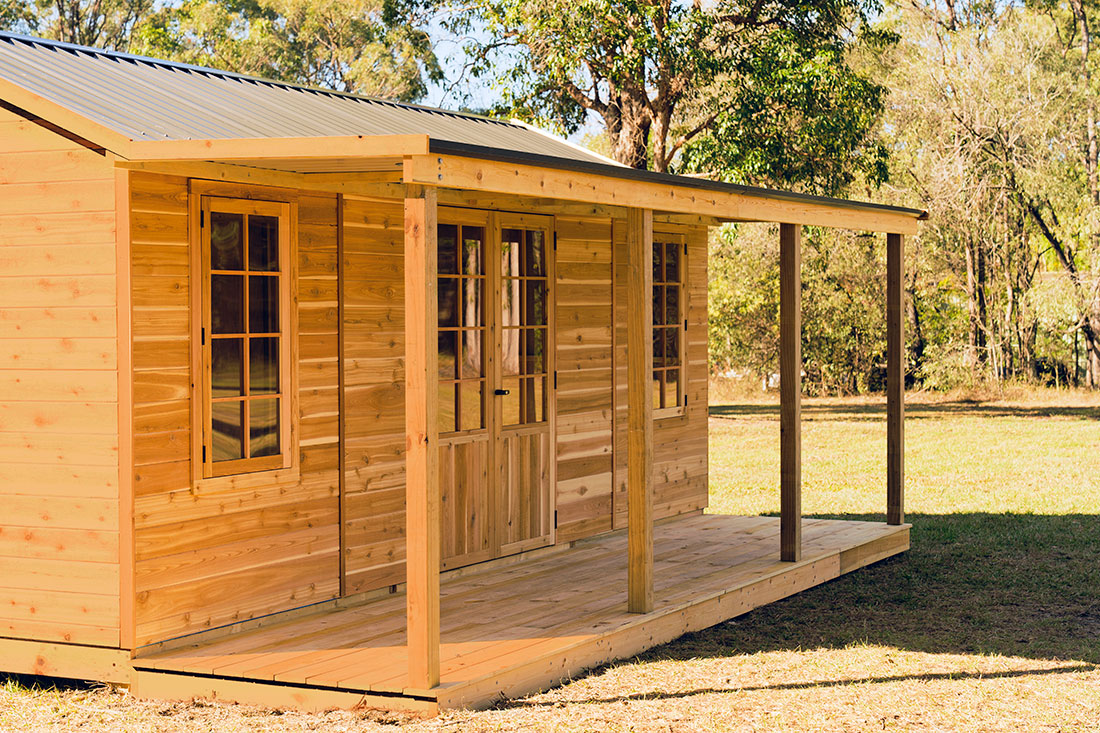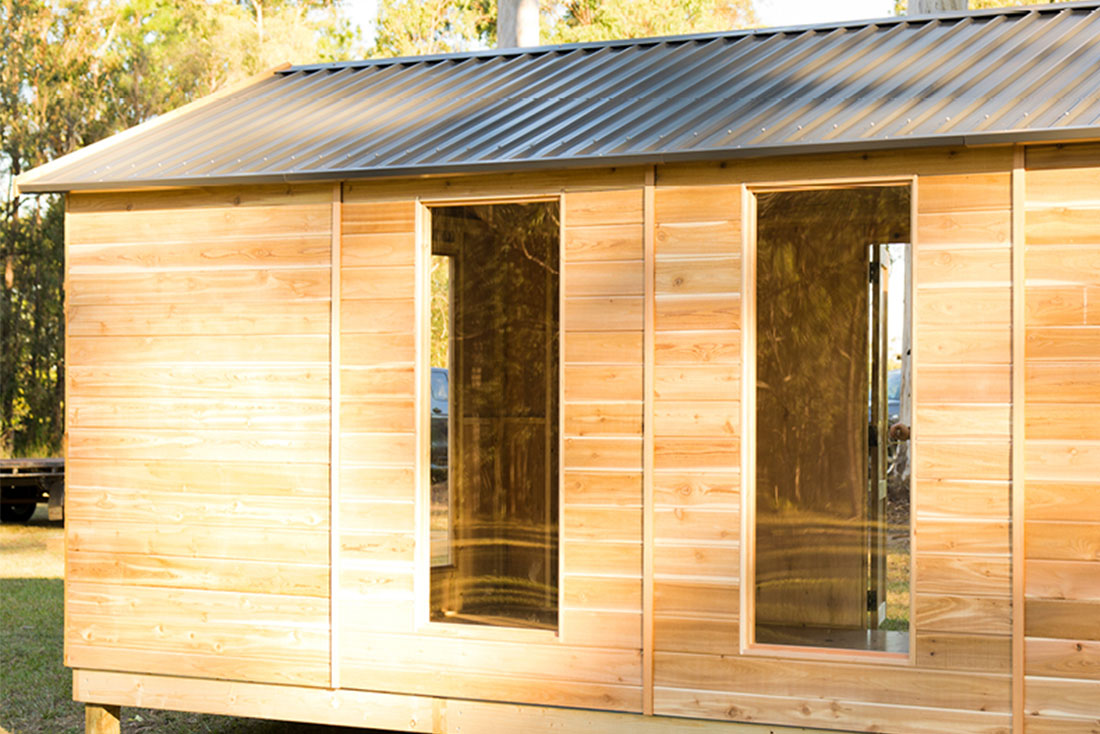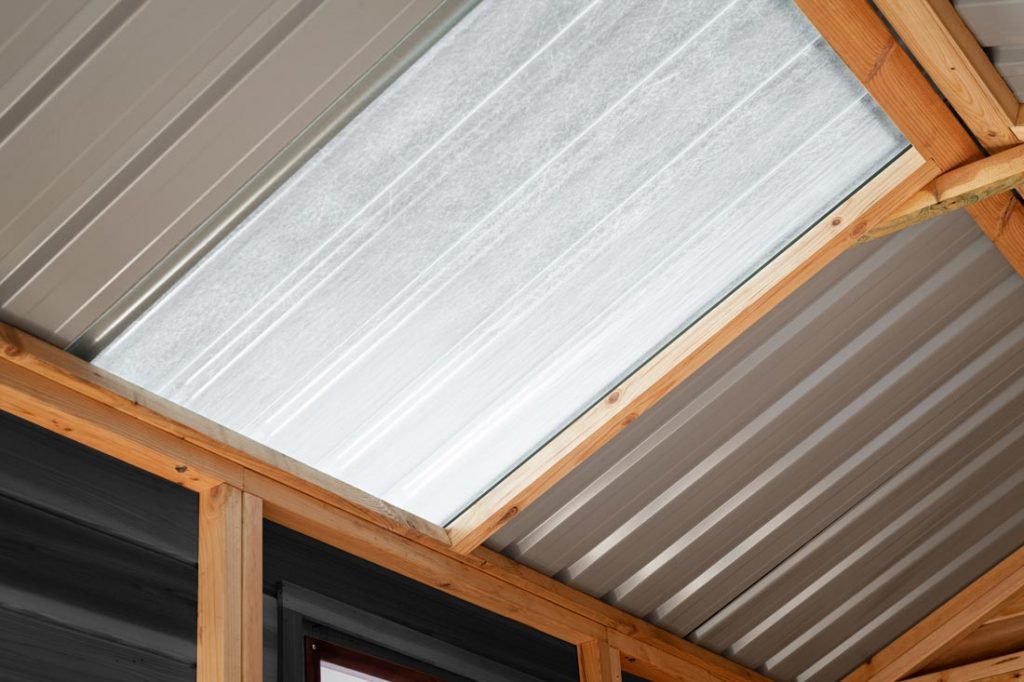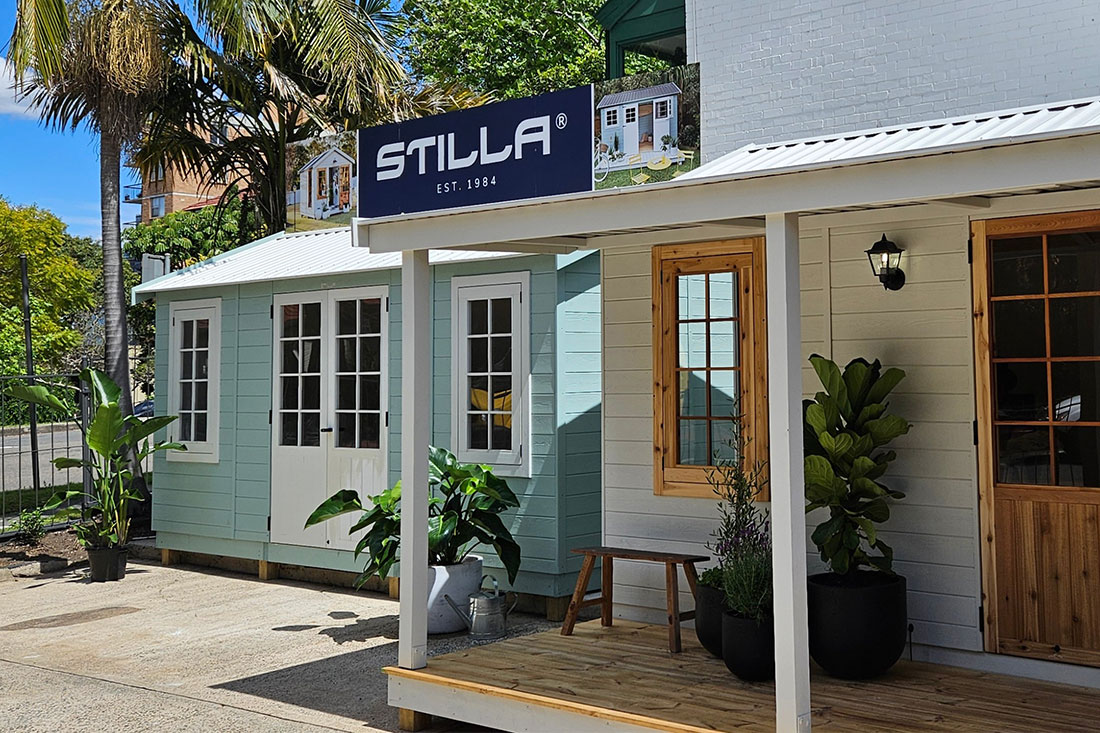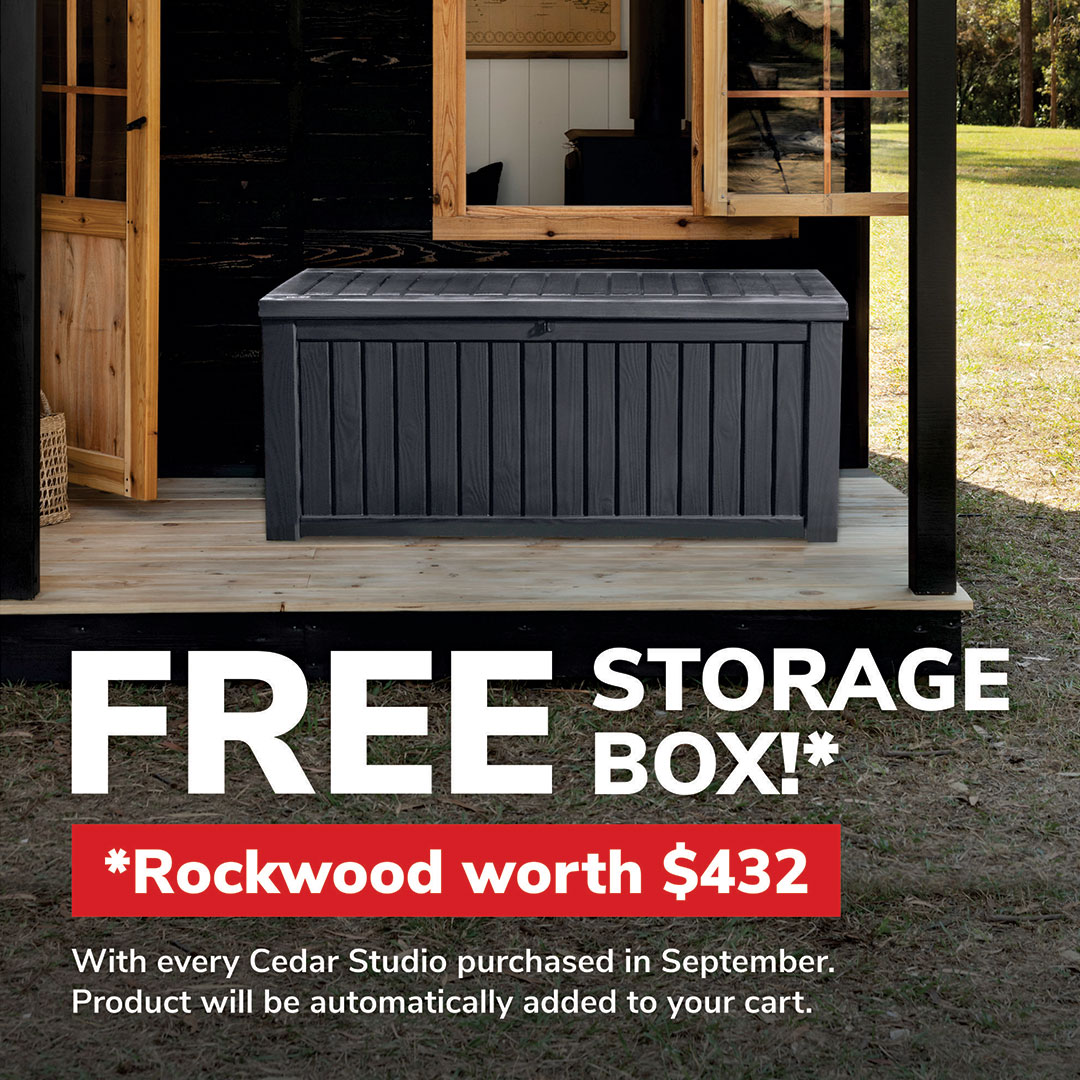
18 May All sheds are not created equal: why quality matters
Sometimes in life, inexpensive is the way to go.
It is never the way to go when you want something to last.
Hopefully, we don’t have to convince you that outdoor sheds fall into that category (the lasting one, not the you-can-get-away-with-buying-a-cheap-one one).
But, just in case you’re wavering and thinking that maybe you don’t need to spend a bit more and get something of good quality, here’s a comment we found on a chat forum:
“Putting it together, it clearly is a ‘budget’ shed, with instructions drawn by a blind monkey. A couple of holes did not quite line up and lots of odd edges and holes not quite finished properly, the ridge panels are a couple of mm out height wise, colour differences between panels etc etc.”
And that was only about a quarter of what Matt had to say about his disastrous shed-buying experience!
What to look for
There are a handful of things that make one shed better than the next, but the key ones are the material it’s made from and the quality of the finishes.
For example, if you’ve decided to get a wooden shed, plywood pales in comparison to Western Red Cedar.
Cedar is more durable, has greater stability, has superior thermal insulation and acoustic qualities, is easier to work with, and simply looks more attractive.
Even then, not all cedar is of the same quality and the thickness of the boards is important. Stilla uses 18mm thick Canadian Western Red Cedar cladding, which we think is hard to beat.
If wood’s not for you, make sure you opt for the most durable, low-maintenance material.
Stilla has selected the Keter range, partly because the UV-stabilised polypropylene won’t rust, rot, crack, dent, or peel, partly because they’re so well made, and partly because they look great.
If you choose something that’s not up to scratch, you might be writing a review like this:
“I have put up sheds before so not a stranger to the job but this is harder than it needs to be….thin metal …panels are not predrilled …no alignment marks….doors are a nightmare to fit….screws strip due to the thin metal so I ended up using pop rivets…overall don’t bother and get something else.”
Easy to assemble
Doing it yourself can be extremely enjoyable … or extremely frustrating.
You shouldn’t need special skills, special tools, or a team of six to put up a shed from a kit, and you should get straightforward, easy-to-follow instructions with it.
Your shed should also be solid and secure once you have put it together. That means having the option of a heavy-duty floor if you need one (i.e. – if you are positioning it on uneven ground), and being able to lock it up to keep your stuff safe.
Here’s another salutary warning from someone who bought the wrong shed:
“Directions were difficult to follow – steps to putting the shed together were not in any logical order – jumped from flooring to wall panels to trusses then to door handles!! I eventually had to rely on several U-tube videos to complete it. What was advertised as an easy diy has turned into a 4 day painful experience.”
Low maintenance, high value
If you skimp on the initial outlay of an outdoor shed, the chances are it either won’t last as long or it will need some extra maintenance and attention to prolong its lifespan.
In the end, it’s an investment, so if you make sure you buy something that’s good quality, spending a little more at the start pays off in the long term.
That’s particularly true if you sell your house, because having an awesome shed in the backyard has been proven to increase property values.
Check out the full range we offer at Stilla and, if you’re comparing them to any others, make sure you’re comparing like for like.
We’re always happy to answer any questions you might have, because we want you to not only get a first-class shed, but also one that’s right for you.


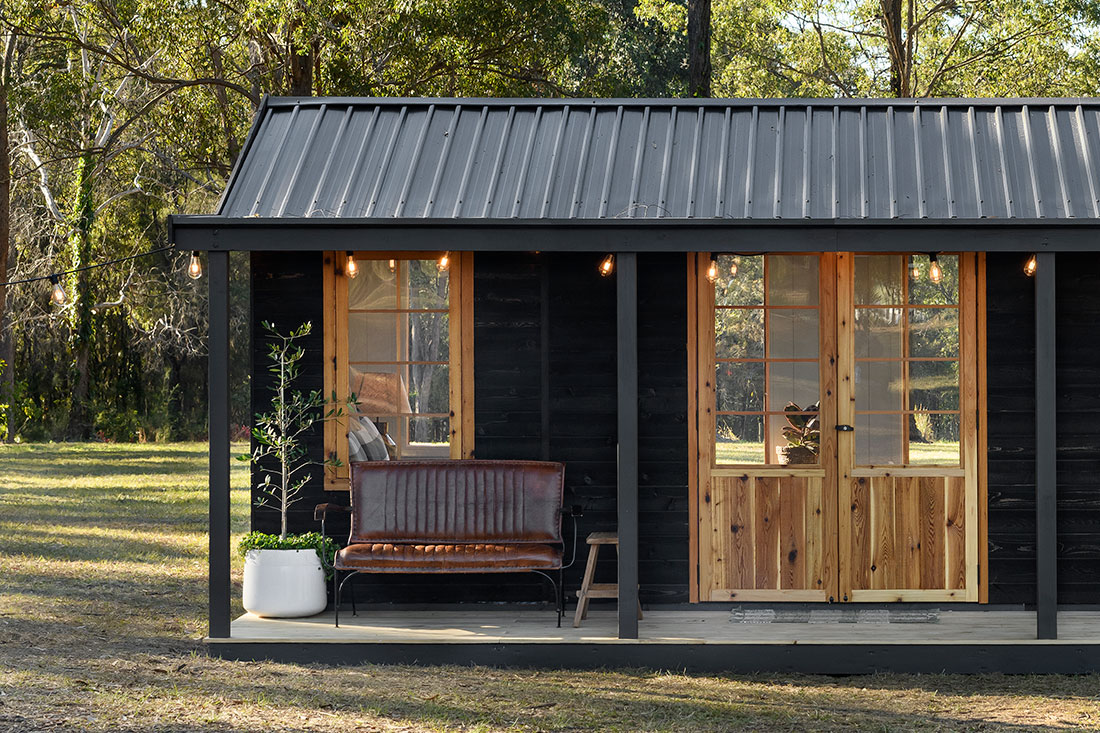
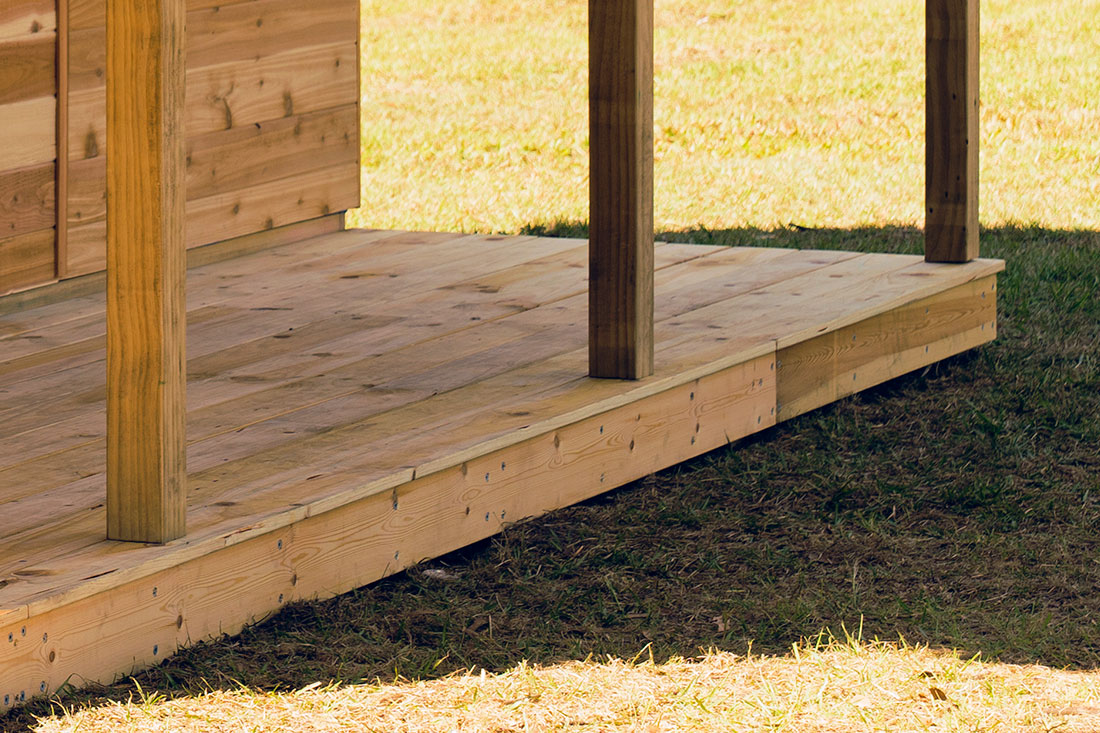
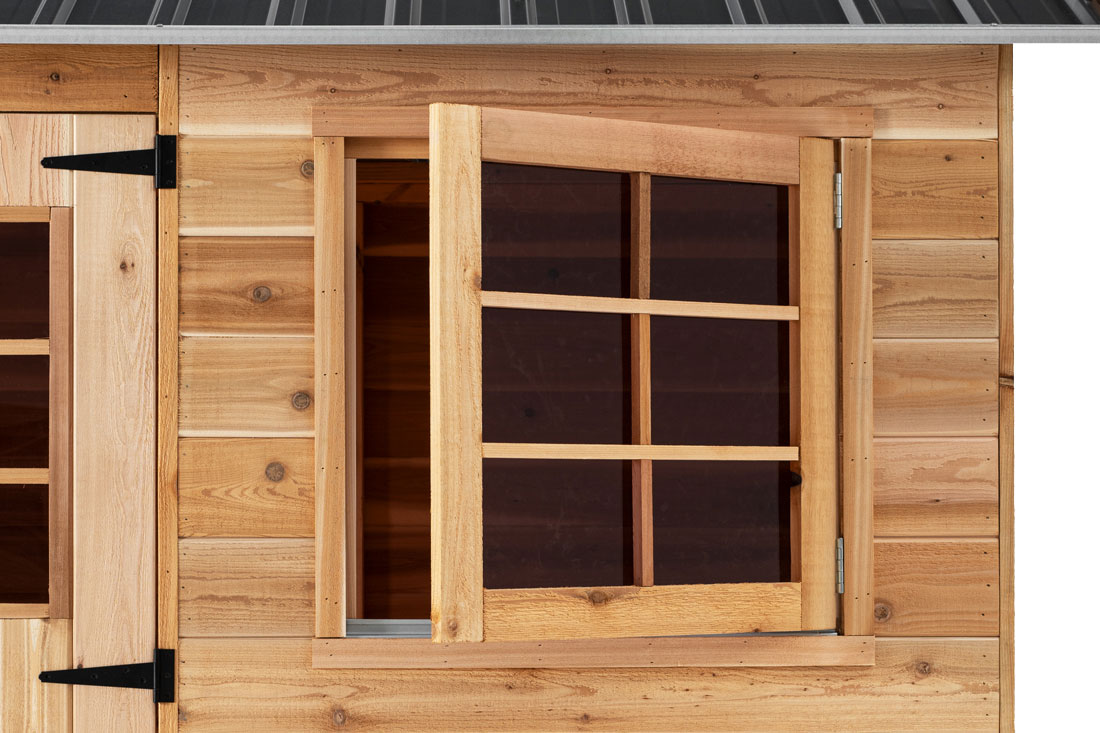
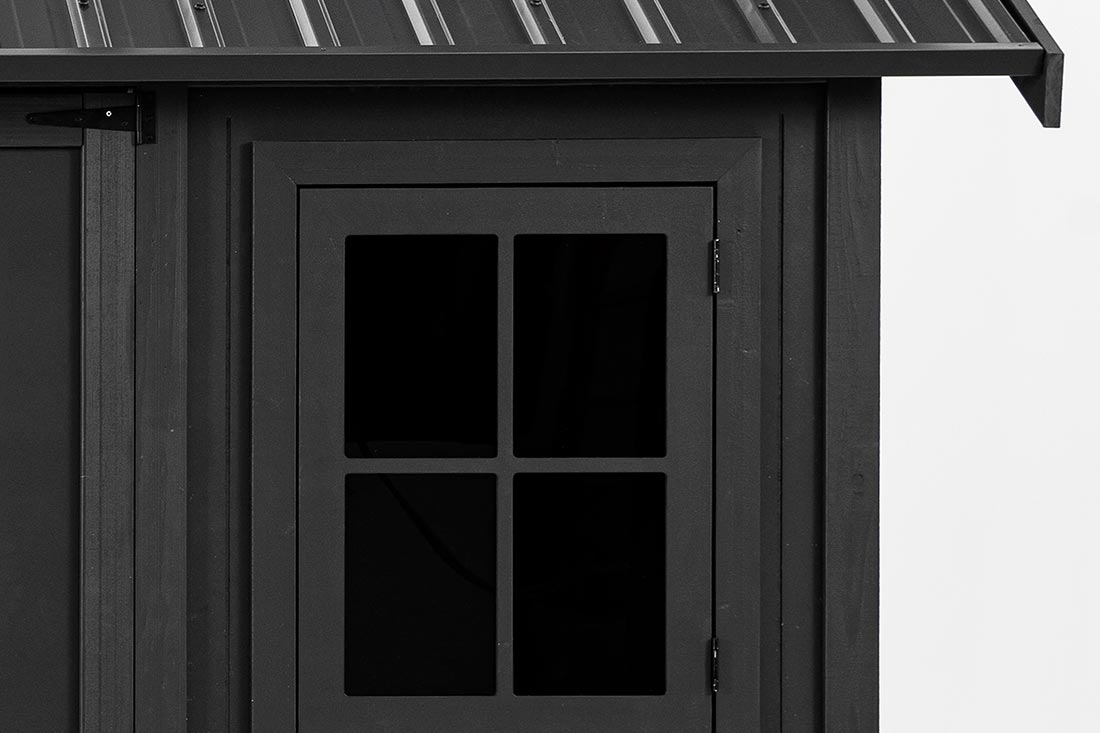
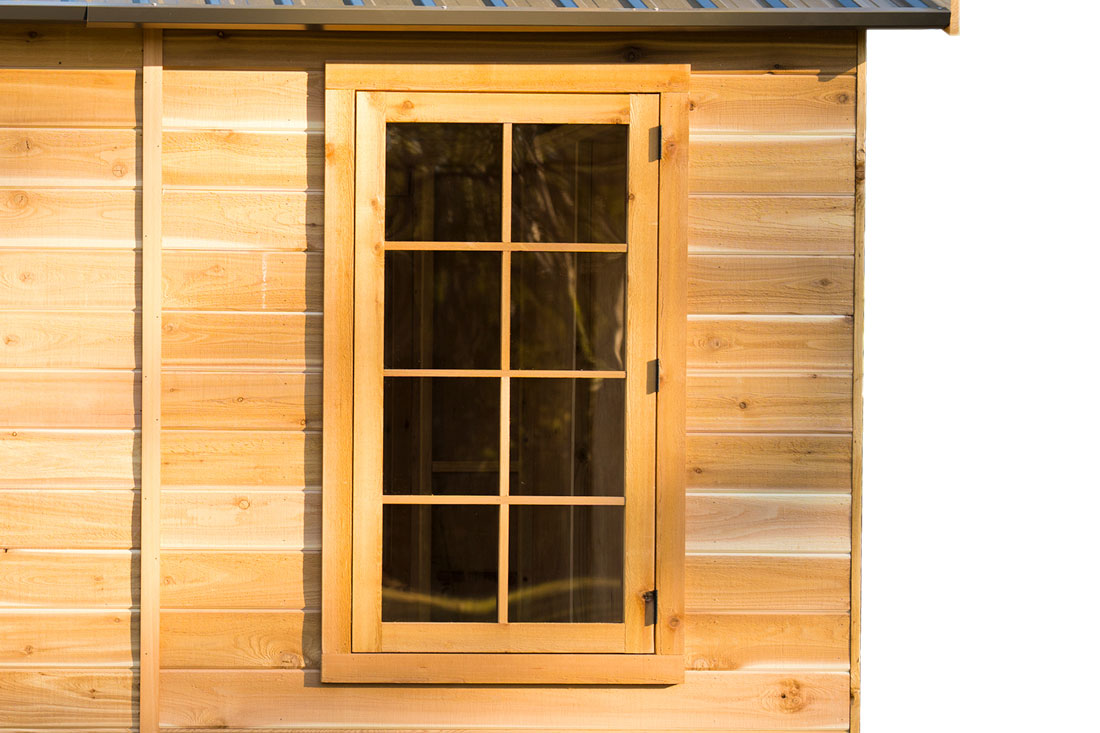
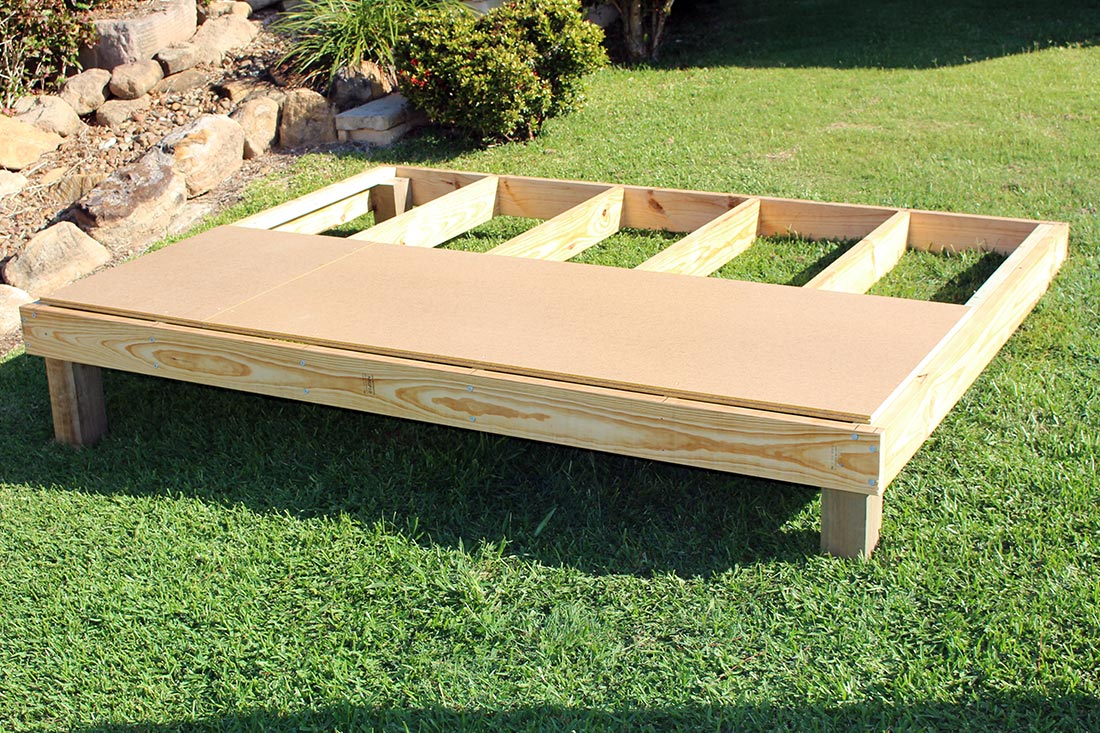
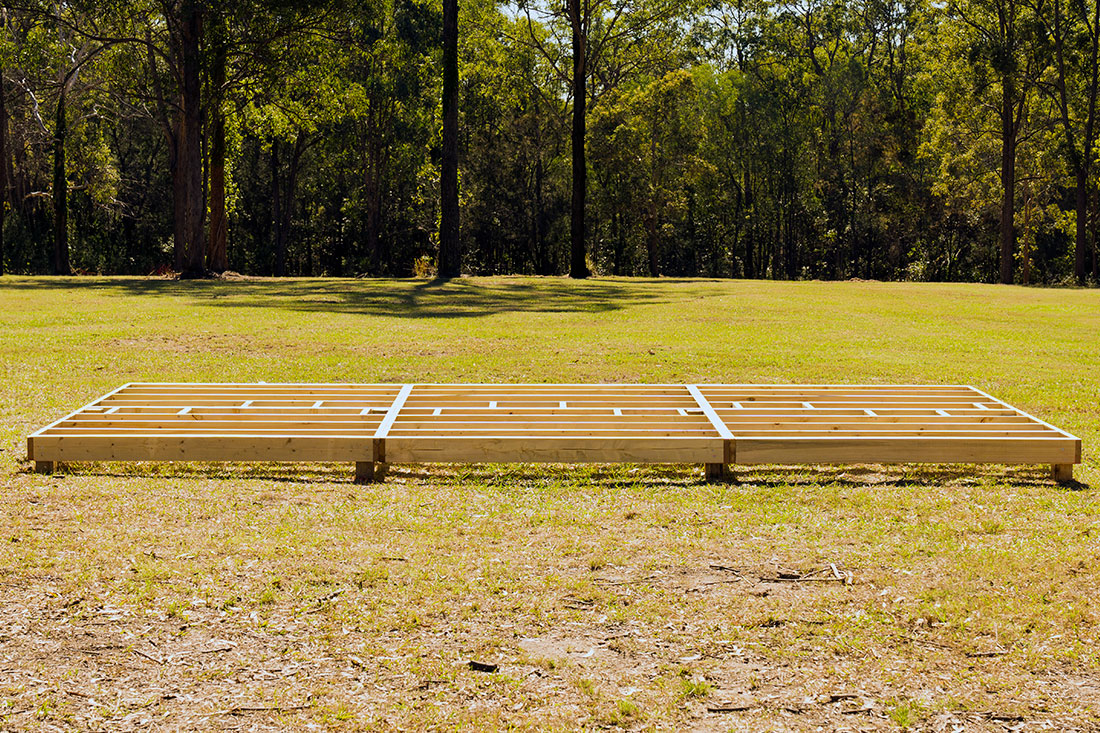
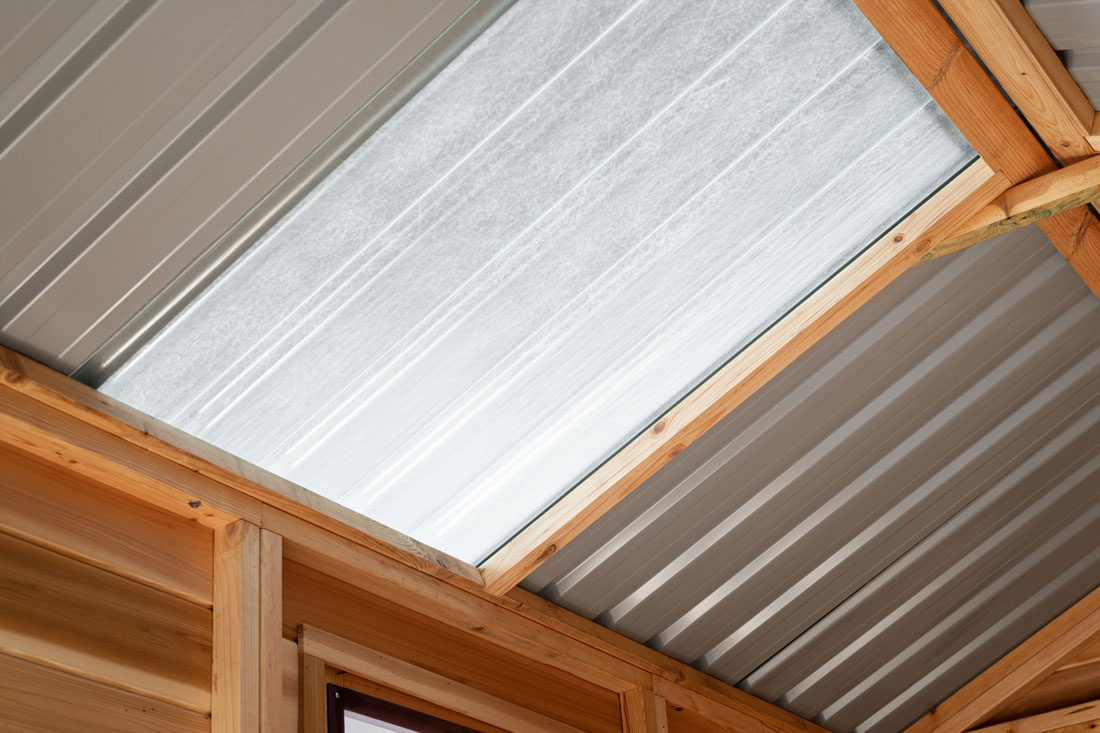
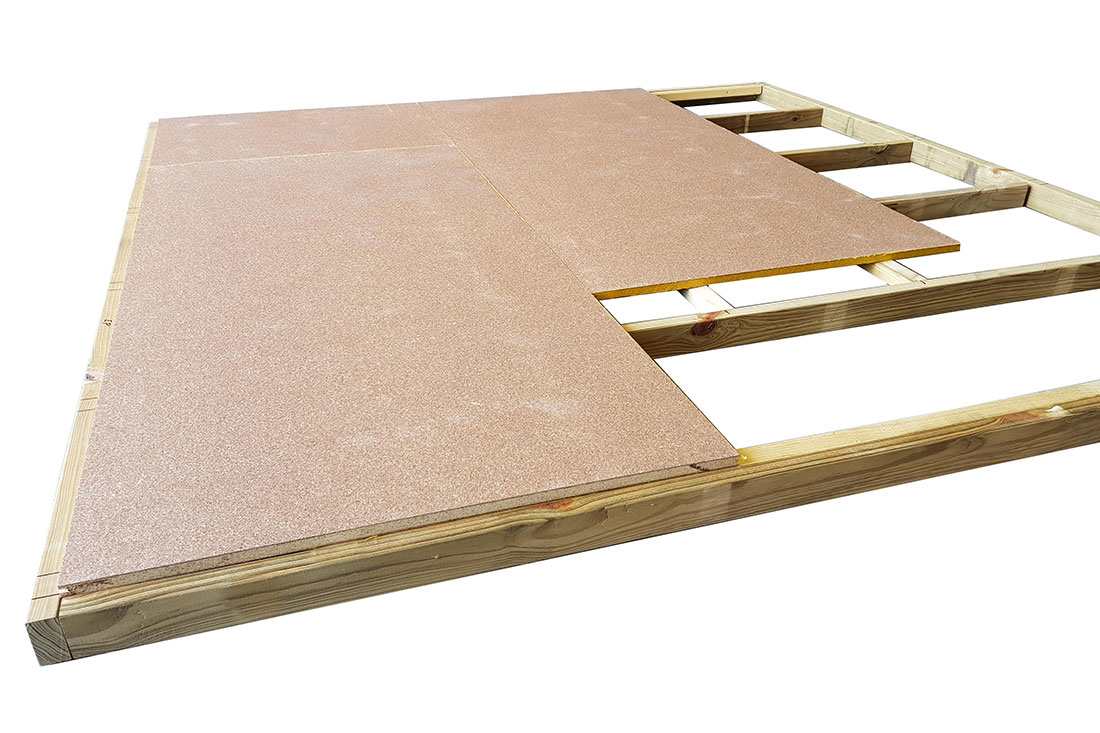
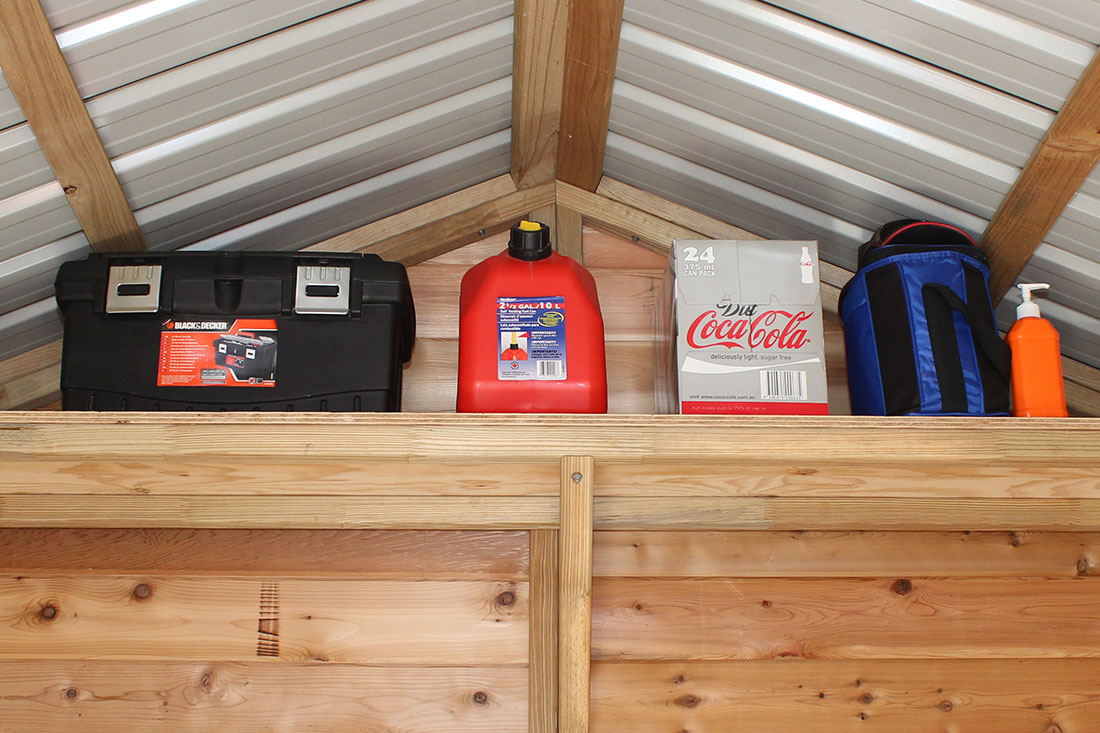
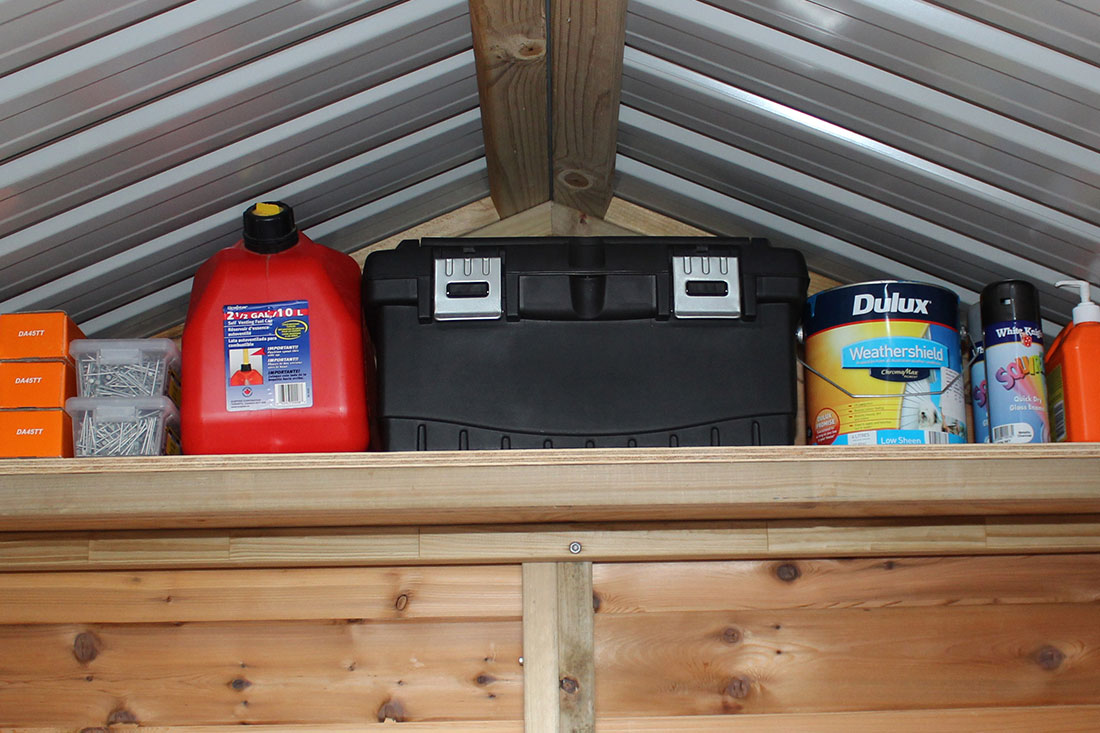
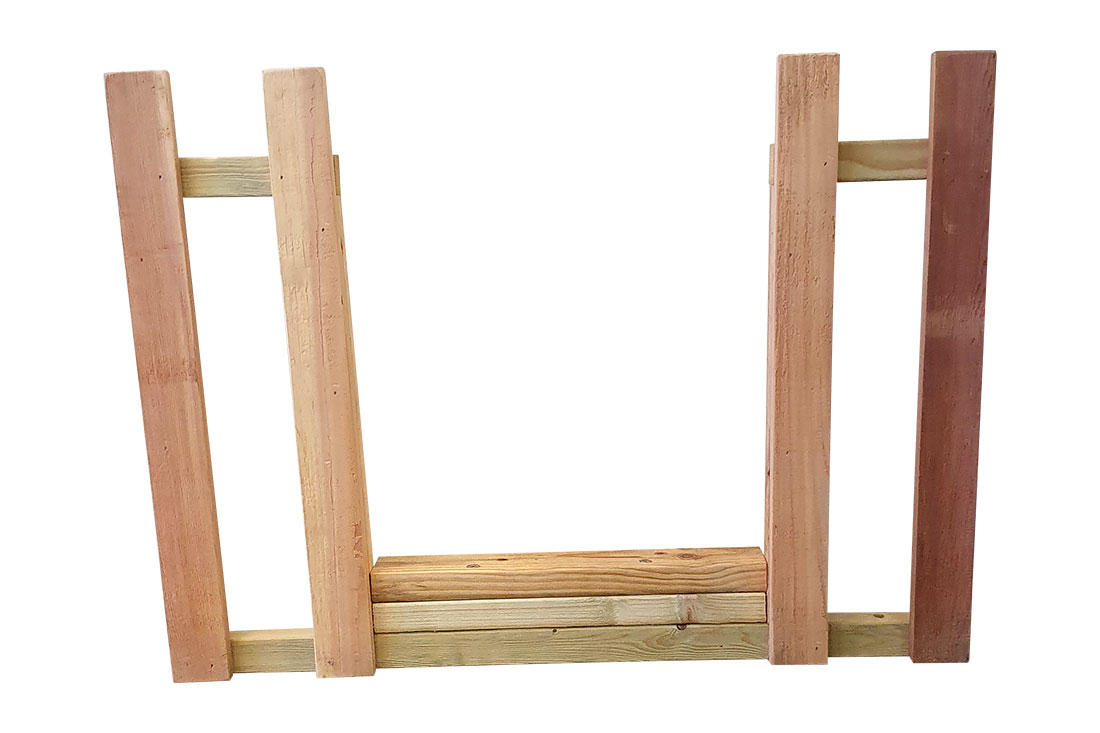 Includes an adjusted railing & ground pegs to make provision for a slide to be attached to the Hideout Tower.
Includes an adjusted railing & ground pegs to make provision for a slide to be attached to the Hideout Tower.